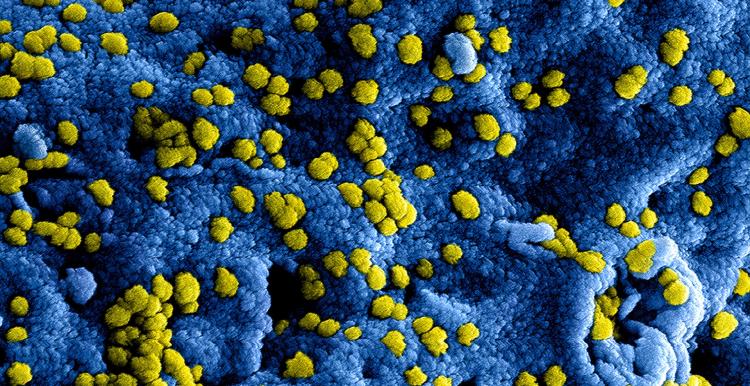Group A strep: what you need to know

Group A Strep (GAS) is a common bacteria. Lots of us carry it in our throats and on our skin and it doesn’t always result in illness. However, this bacteria does cause a number of infections, some mild and some more serious.
Whilst Group A strep (GAS) infections are still uncommon, there has been a recent increase in cases , particularly in children under 10 and sadly, a small number of deaths.
Currently, there is no evidence that a new strain of GAS is circulating. The increase is most likely related to high amounts of circulating bacteria.
It isn’t possible to say for certain what is causing higher than usual rates of these infections. There is likely a combination of factors, including increased social mixing compared to the previous years as well as increases in other respiratory viruses.
How is it spread?
GAS is spread by close contact with an infected person and can be passed on through coughs and sneezes or from a wound.
Some people can have the bacteria present in their body without feeling unwell or showing any symptoms of infections and while they can pass it on, the risk of spread is much greater when a person is unwell.
Which infections does it cause?
GAS causes infections in the skin, soft tissue and respiratory tract. It’s responsible for infections such as tonsillitis, pharyngitis, scarlet fever, impetigo and cellulitis among others.
While infections like these can be unpleasant, they rarely become serious. When treated with antibiotics, an unwell person with a mild illness like tonsilitis stops being contagious around 24 hours after starting their medication.
What is invasive group A strep?
The most serious infections linked to GAS come from invasive group A strep, known as iGAS.
This can happen when a person has sores or open wounds that allow the bacteria to get into the tissue, breaches in their respiratory tract after a viral illness, or in a person who has a health condition that decreases their immunity to infection. When the immune system is compromised, a person is more vulnerable to invasive disease.
Which infections does invasive group A strep cause?
Necrotising fasciitis, necrotising pneumonia and Streptococcal Toxic Shock Syndrome are some of the most severe but rare forms of invasive group A strep.
What should parents look out for?
It’s always concerning when a child is unwell. GAS infections cause various symptoms such as sore throat, fever, chills and muscle aches.
As a parent, if you feel that your child seems seriously unwell, you should trust your own judgement.
Contact NHS 111 or your GP if:
- your child is getting worse
- your child is feeding or eating much less than normal
- your child has had a dry nappy for 12 hours or more or shows other signs of dehydration
- your baby is under 3 months and has a temperature of 38C, or is older than 3 months and has a temperature of 39C or higher
- your baby feels hotter than usual when you touch their back or chest, or feels sweaty
- your child is very tired or irritable
Call 999 or go to A&E if:
- your child is having difficulty breathing – you may notice grunting noises or their tummy sucking under their ribs
- there are pauses when your child breathes
- your child’s skin, tongue or lips are blue
- your child is floppy and will not wake up or stay awake
How can we stop infections from spreading?
Good hand and respiratory hygiene are important for stopping the spread of many bugs. By teaching your child how to wash their hands properly with soap and warm water for 20 seconds, using a tissue to catch coughs and sneezes, and keeping away from others when feeling unwell, they will be able to reduce the risk of picking up, or spreading, infections.
This information is adapted from the UK Health Security Agency website.
Image credit: Centre for Disease Control


